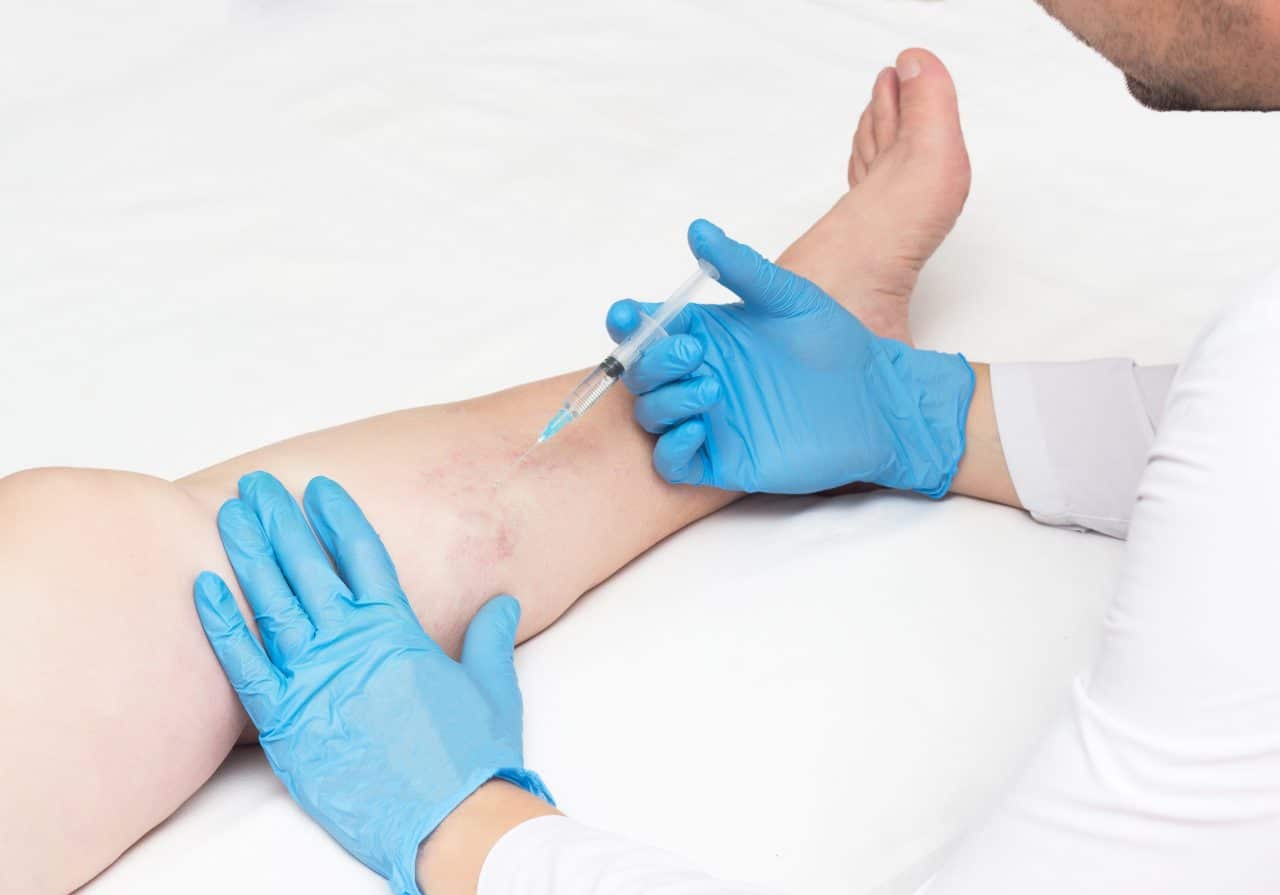Swollen, twisted, and bulgy veins enhance the risk of developing varicose veins. However, there is no need to worry about the vein health condition because many vein treatment options are available to eliminate the situation. However, this is the only case when you get the treatment on time. But sometimes, people start wondering about vein health conditions by considering that Are varicose veins covered by insurance? It depends on the treatment types and severity of the individual. Before making any final decision, you must clarify your insurance coverage doubts by communicating effectively with healthcare and insurance providers. Because sometimes insurance companies only cover insurance of medical necessity rather than cosmetic purposes. So, it is better to clear all your doubts in advance. To clarify all your doubts, in this post, we cover all medical procedures covered under the insurance coverage. Let’s delve into it:-
Diagnostic Procedures
To determine the severity of the condition, healthcare experts ask for ultrasonography, CT scans, X-rays and other diagnostic procedures. These diagnostic tests may be covered under insurance policies for vein treatment.
Compression Therapy
Compression therapy involves socks explicitly designed to keep the blood vessels healthy. Furthermore, it improves blood circulation and reduces swelling in the affected area. Many insurance companies understand the need for compression therapy and may cover the cost of purchasing these medical stockings.

Endovenous Laser Treatment (EVLT)
EVLT used laser energy that closed off affected veins. However, insurance companies usually cover this treatment, specifically when the medical necessity becomes essential to address the issues.
Sclerotherapy
Sclerotherapy is one of the common vein treatments often used in treating smaller spider and large varicose veins. This is a process in which the healthcare experts inject the solution directly into affected veins, which collapses and fades away with time. Remember that insurance plans may cover sclerotherapy only when it is considered medically necessary.
Radiofrequency Ablation (RFA)
EVLT and RFA are both similar to some extent. This procedure comes under the non-invasive technique of using radiofrequency energy to eliminate problematic veins by using radiofrequency energy. Insurance coverage may vary from policy to policy, but many insurance policies consider RFA medically necessary treatment for vein conditions.

Ambulatory Phlebectomy
Ambulatory phlebectomy is a high-intensive procedure that is often used for the removal of spider veins by making tiny incisions. However, the insurance coverage of this vein treatment depends on the medical necessity or how critical your condition is and is prescribed by your health care provider.
Vein Stripping and Ligation
Vein stripping and ligation is a traditional surgical procedure in which the affected veins are eliminated with a conversational method. This may come under insurance coverage only when your healthcare provider prescribes this treatment as medically necessary.
Conclusion
Hoping that after reading the article, you have a great knowledge of what vein treatments are covered under insurance. People facing financial problems regarding vein treatment can consider insurance facilities and flexible payment plans often recommended by vein healthcare experts. Also, many people have doubts about What Kind of Doctor is a Vein Specialist. To give you a straightforward answer, phlebologists, vascular specialists, and vascular surgeons are qualified medical professionals with in-depth knowledge of treating, managing and examining vein disorders.





.png)
Comments